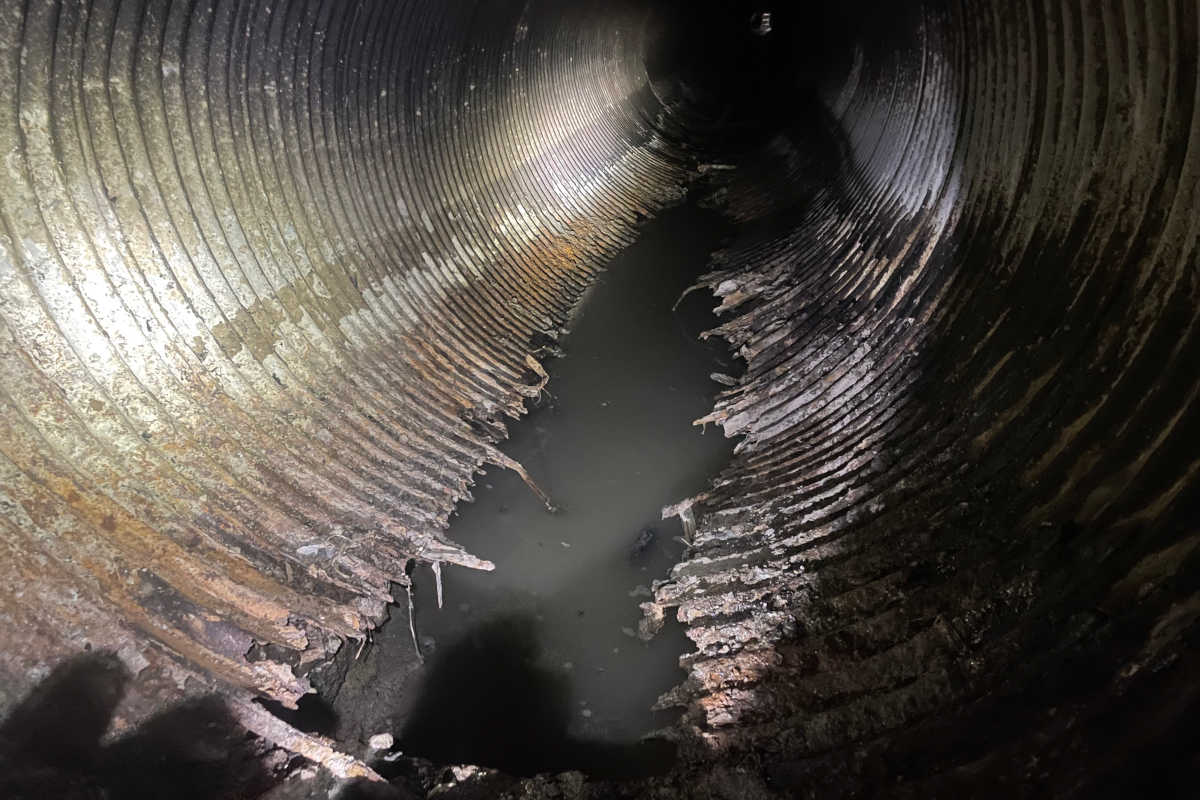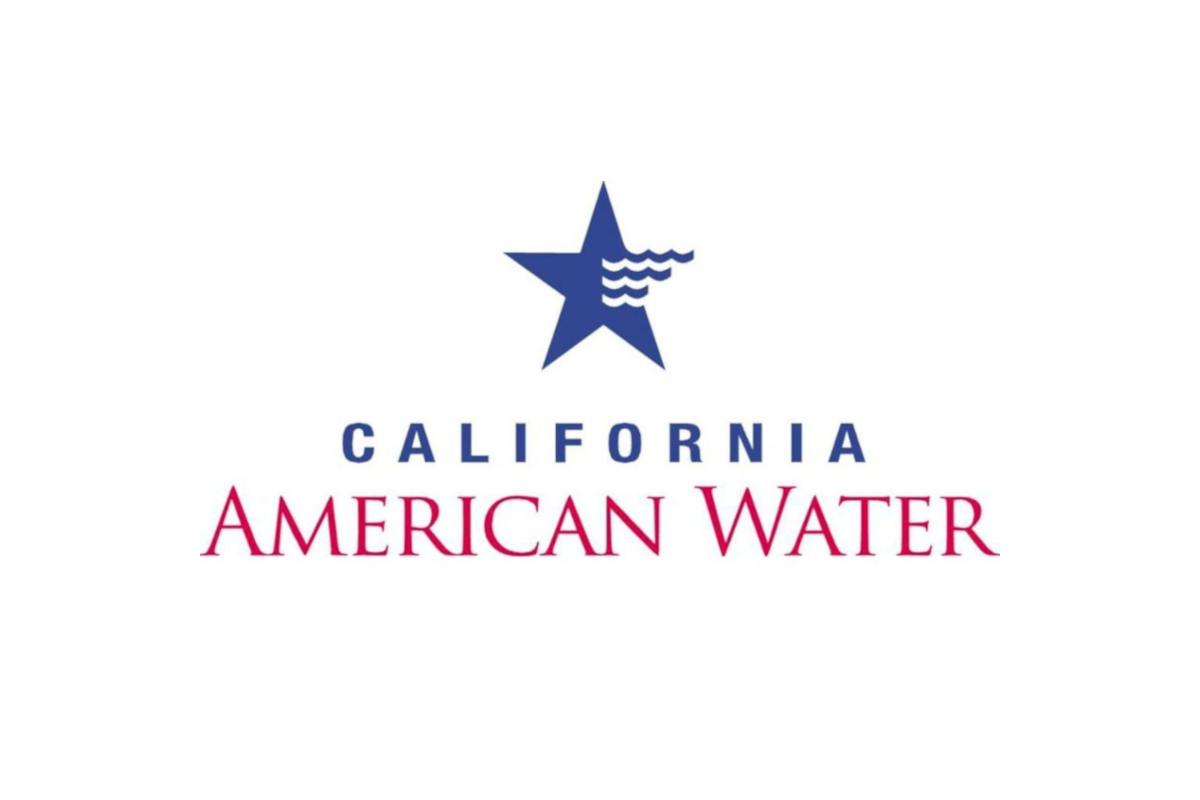
NASSCO Report – Geopolymer Rehabilitation of a Storm Drain in Chula Vista, California
When it comes to pipe rehabilitation several options are available to asset owners, including cured-in-place pipe (CIPP), sliplining, spray-applied pipe liners (SAPL), FRPs and spiral wound. Each method has its advantages and disadvantages depending on the pipe being rehabilitated. The decision regarding which method is best depends on several factors such as pipe size, length, access locations, hydraulics, environmental issues, distribution to surrounding area, overall cost, operation of the system, bypass consideration and so on.
SAPLs are becoming widely used for sanitary and storm sewer rehabilitation of pipes larger than 36-in. diameter as manufacturers can demonstrate technical performance data, verification testing, design methodology (with direct field data to show the asset owner and engineering community that this method has been vented), that it is a conservative approach, can achieve performance predictability requirements, and ensures the system will operate for another 50-plus years.
A project in the City of Chula Vista, located in Southern California, was on a 720-lf section of 66-in. CMP storm drain that experienced a rapid deterioration of the structure including the corrosion of invert, ovality of the pipe and ground water infiltration.
National Plant Service from Long Beach, California, was the successful bidder on the project after it provided a design thickness calculation, material to be used, verification testing reports and a list of past projects using the material, as required in the bid submittal package. This evidence proved to the City of Chula Vista that the pipe, once rehabilitated, would meet the City’s quality standards.
National Plant Service’s project manager Daniel Solano led the team, carrying out the rehabilitation. The following steps took place:
New Manhole Installation
The City required two new manholes be installed to allow for easier future maintenance and inspection access. The manholes were cast-in-place, and the site was excavated down to the crown of the pipe. Formwork was installed in stages before backfilling upon completion of each section.
Cleaning the Pipe
There was a significant layer of debris covering the invert of the pipe along the entire length. Approximately 8 cubic yds of material was removed.
Invert Repair
Cleaning of the storm drain revealed that the invert was severely corroded, and approximately one to two feet width of the CMP pipe was missing throughout the entire 720-ft reach. A new concrete invert was poured to fill the voids and bridge the gaps in the CMP pipe. Locally sourced 3,250-psi concrete was used and allowed to cure.
Injection Grouting to Stop Infiltration
As typically occurs when an invert repair is made, water that used to flow under the failed invert can no longer escape the backfill and builds up around the exterior of the pipe. The water can then find its way through any gaps in the CMP pipe. Acrylamide grout is effective in stopping infiltration into pipelines as it binds with the surrounding backfill to provide a waterproof collar around the outside of the pipe, preventing further infiltration. Manual grouting was performed whereby holes were drilled through the pipe wall where infiltration was present, and an injection port was inserted to introduce the two-component grout mix, which fills behind the pipe, binding with the soil to stop future infiltration.

Spin-Casting of the Geopolymer Structural Mortar Lining
After grouting was complete, and infiltration was stopped, the pipe was ready for spin-casting. The pumper/mixer assembly was placed near the access manhole along with pallets of pre-mixed dry material supplied in 50-lb bags. Concrete hoses were run from the pump into the manhole and through the pipe to the spinner sled at the far end of the pipe segment to be lined. The geopolymer dry mix was mixed with a measured amount of water as it left the pump and traveled through the hoses to the spinner sled. A winch was used to pull the spinner sled back at a controlled speed to ensure the correct amount of geopolymer was released. Multiple passes, or lifts of material, are usually required to reach the design thickness, with an initial thinner lift often required in CMP to allow for better bonding of future, thicker, lifts.




